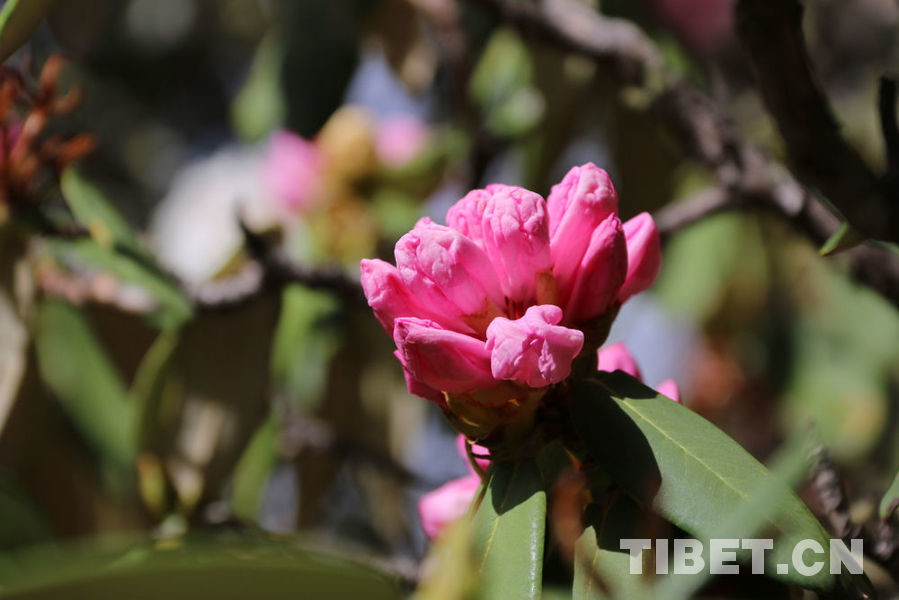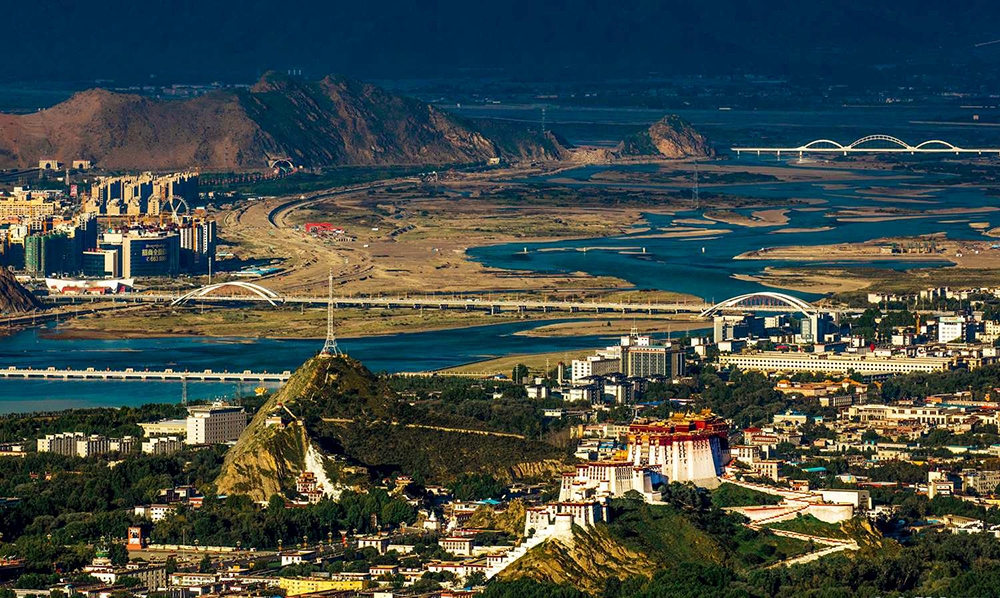Cultural exchanges on the Tibetan Plateau reflected in ancient tombs, paintings and sculptures
Recently, Yu Xiaohong, a doctor of archaeology and museology from Sun Yat-Sen University and an instructor from the Nationalities Research Institute of Xizang Minzu University, brought an academic lecture on the theme of "Han-Tibetan Cultural Exchanges on the Tibetan Plateau: Ancient Tombs, Paintings and Sculptures" to the teachers and students of Guangzhou Academy of Fine Arts. The lecture is hosted by the Southeast Asian Art Research Center and the Fine Arts Research Center of the Guangzhou Academy of Fine Arts.
Yu Xiaohong believes that the Tibetan Plateau is not a cultural island. According to the current archaeological findings, since the Neolithic Age, Tibet has had close cultural ties with today's Gansu, Qinghai, Sichuan, Yunnan and other places. The cultural and artistic exchanges between the central government and Tibet were even more frequent in the Tang Dynasty. During the period of the Republic of China, Han-Tibetan cultural and artistic exchanges deeply affected all aspects of Tibet society. The lecture selects archaeological discoveries related to the Paleolithic and Neolithic times, as well as pre-Tubo sarcophagus tombs, Tubo royal mausoleums, Tubo wooden coffin paintings, Tubo cliff stone carvings, wood carvings and paintings, etc. in the period of the Republic of China, to interpret the Han-Tibetan cultural exchanges on the Tibetan plateau.
Yu Xiaohong concluded that all ethnic groups in Tibet have continuously learned and absorbed the excellent culture of the inland areas, in which they injected their own national outlook on life, values, cosmology and aesthetic taste. Whether it is the tomahawk in the tomb, the stone lion of the Tubo royal mausoleum, or the design of Han Zhongli riding a roc, Lan Caihe riding a lion, He Xiangu riding a peacock in the Norbulingka buildings in Lhasa, or the Journey to the West theme murals in a monastery in Lhoka City, the peaches offering murals of the noble houses in Sakya County, Shigatse City, and the symbols of auspicious blessings yearning for a better life, all run through the ideology and life pursuits of the people of all ethnic groups in Tibet. The Tibetan artists and craftsmen expanded the local artistic themes by absorbing and integrating the artistic pattern elements of the inland areas, enriching the local art and culture, and fully reflecting the historical situation of exchanges and integration of Han and Tibetan cultures.
Tibet Stories

"Ant Team" in Lhasa Gonggar Airport
However, a group of people in white protective suits never stop shuttling between the tarmac...

